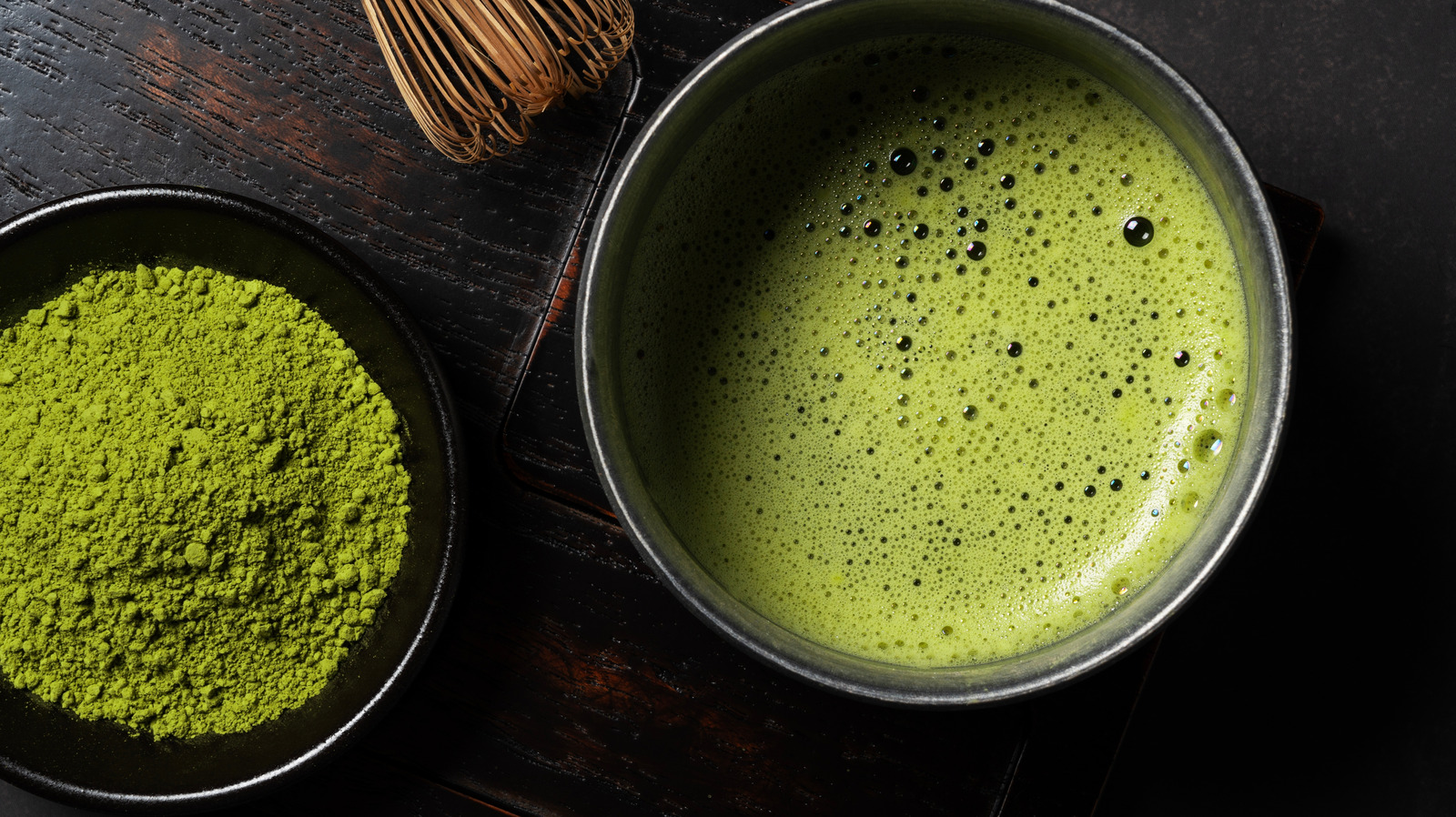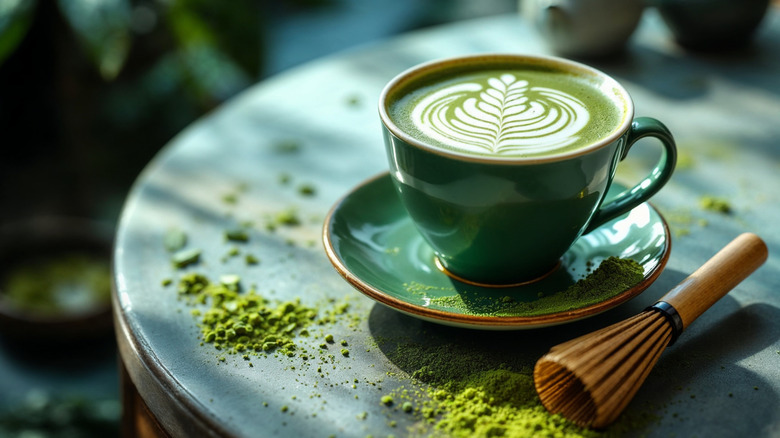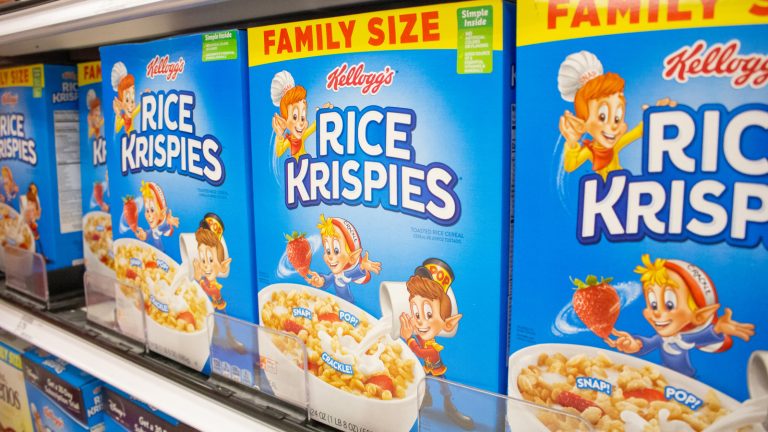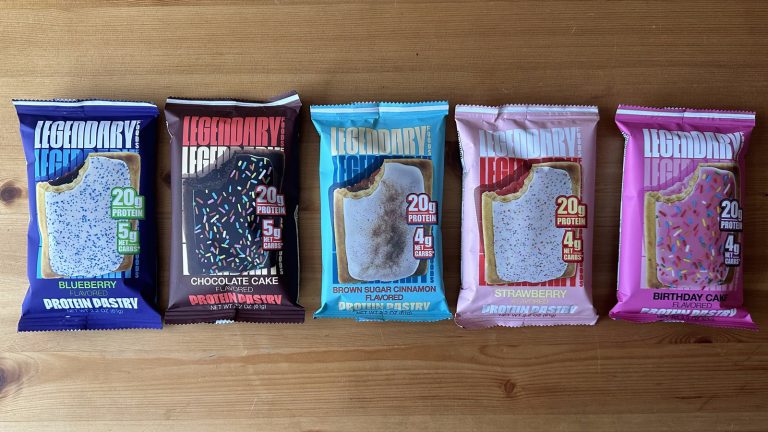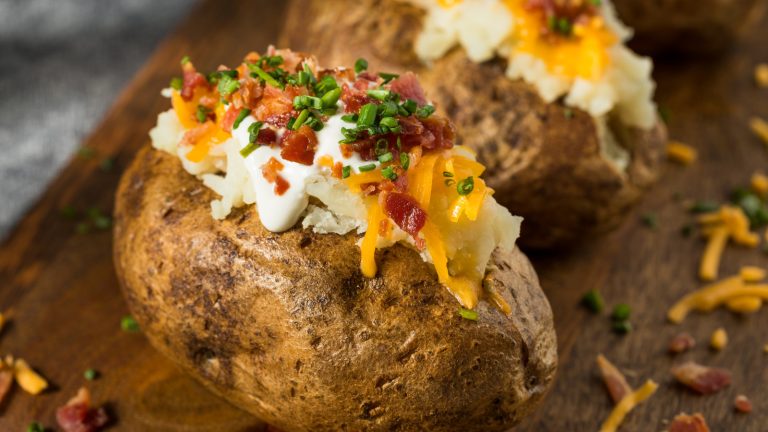While coffee still holds the United States in its bitter, iron-tight grip, some daredevils are swapping their daily dose of the good stuff for its colorful cousins: green tea and matcha. But if securing a caffeine kick first thing is your top priority, which beverage should you pick?
Well, here’s your answer: matcha has more caffeine, with an average cup containing 38 milligrams to 176 milligrams of the energy-boosting beverage, versus 20 milligrams to 90 milligrams in a standard serving of green tea — give or take freshness, brewing time, and leaf quality. Matcha and green tea both come from the leaves of the Cameilla Sinesis plant, which is also used for other tea types like white, black, and oolong.
But while green tea is heated, rolled, and dried into leaves, matcha grows in the shade for the final fortnight of harvest. Then the stems and veins are removed and the leaves ground into a fine, vibrant powder. This is why matcha wins when it comes to caffeine, as you’re consuming the entire leaf rather than an extraction.
How else do green tea and matcha compare?
As legend goes, tea was discovered in 2737 B.C. China, when Emperor Shennong accidentally drank water with a dead leaf in it. Fast forward a few thousand years to when Japanese Zen Buddhists invented matcha. Over the past decade, the West has become matcha obsessed, with celebs from Kylie Jenner to Brad Pitt touting the drink’s physical and mental health benefits. While both are loaded with antioxidants linked to boosting immunity, preventing diseases, and weight management, matcha holds onto more in its powdered form, and so trumps green tea in this category too.
On the other hand, if you fancy brewing your tea at home, green tea is easier to make than matcha. You just drop a bag of it in hot water, whereas to enjoy a mug of matcha you have to strain, sift, and whisk the powder, before adding steamed milk and sweetener.
That’s another point; while both contain only a few calories, many of the matcha lattes that have won over America are often high in sugar. Take Starbucks’ matcha latte for example, which is packed with 32 grams of sugar — over the American Heart Association’s recommended daily limit for added sugars. If you can’t resist those specialty drinks (and honestly, who can?), the healthier call may be to make your own at home or switch to plain green tea. That said, both drinks offer plenty of perks, from anti-inflammatory components to metabolism support, so in the end, it’s really a matter of taste.


